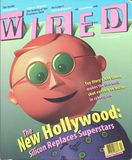
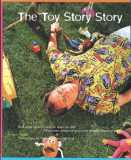
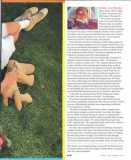
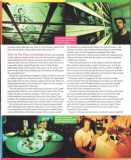
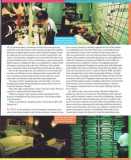
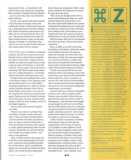
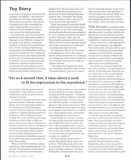
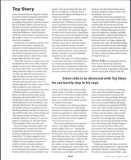
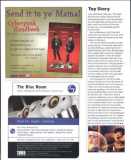
Lights, please. We're rolling. Toy Story: sequence 8, shot 28B, frames 1 through 50.
We're in the screening room of an exotic little San Francisco Bay area production company called Pixar Animation Studios, watching the dailies of a major work-in-progress, director John Lasseter presiding. And not to get foo hyperbolic here, but were witnessing history being made before our very eyes. Youve heard of Debbie Does Dallas? Call this Disney Does Digital.
Two years ago, less than a half-dozen feature films employed the use of computer graphics; this year maybe a half-dozen wont use any sort of digital enhancements. If Hollywood has suddenly embraced the computer as a significant (and cost-effective) illusion-making tool, then Disneys Toy Siory is arguably the most ambitious computer-generated undertaking yet.
How ambitious? Even in the most spectacular exemplars of digitally created cinematic imagery to date - Terminator 2, Apollo 13, Casper, to name a few - the computer illusions make up but a fraction of the running time (ranging from a total of 6 minutes in Jurassic Park to 40 minutes in Casper). The difference with Joy Story is that everything is virtual. Each one of the movies 1,560 shots was created on Silicon Graphics and Sun workstations by artists working from some 400 computergenerated mathematical models and backgrounds. The shots were then edited using Avid editing systems and painstakingly rendered by powerful Pixar-developed RenderMan software. (That software consumed 300 Mbytes per frame, provided by 117 Sun SPARC 20s. Four years in the making, the 77-minute film required 800,000 machine-hours just to produce a final cut.)
[…]